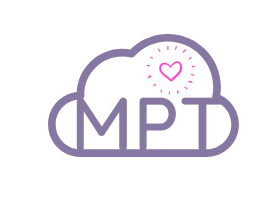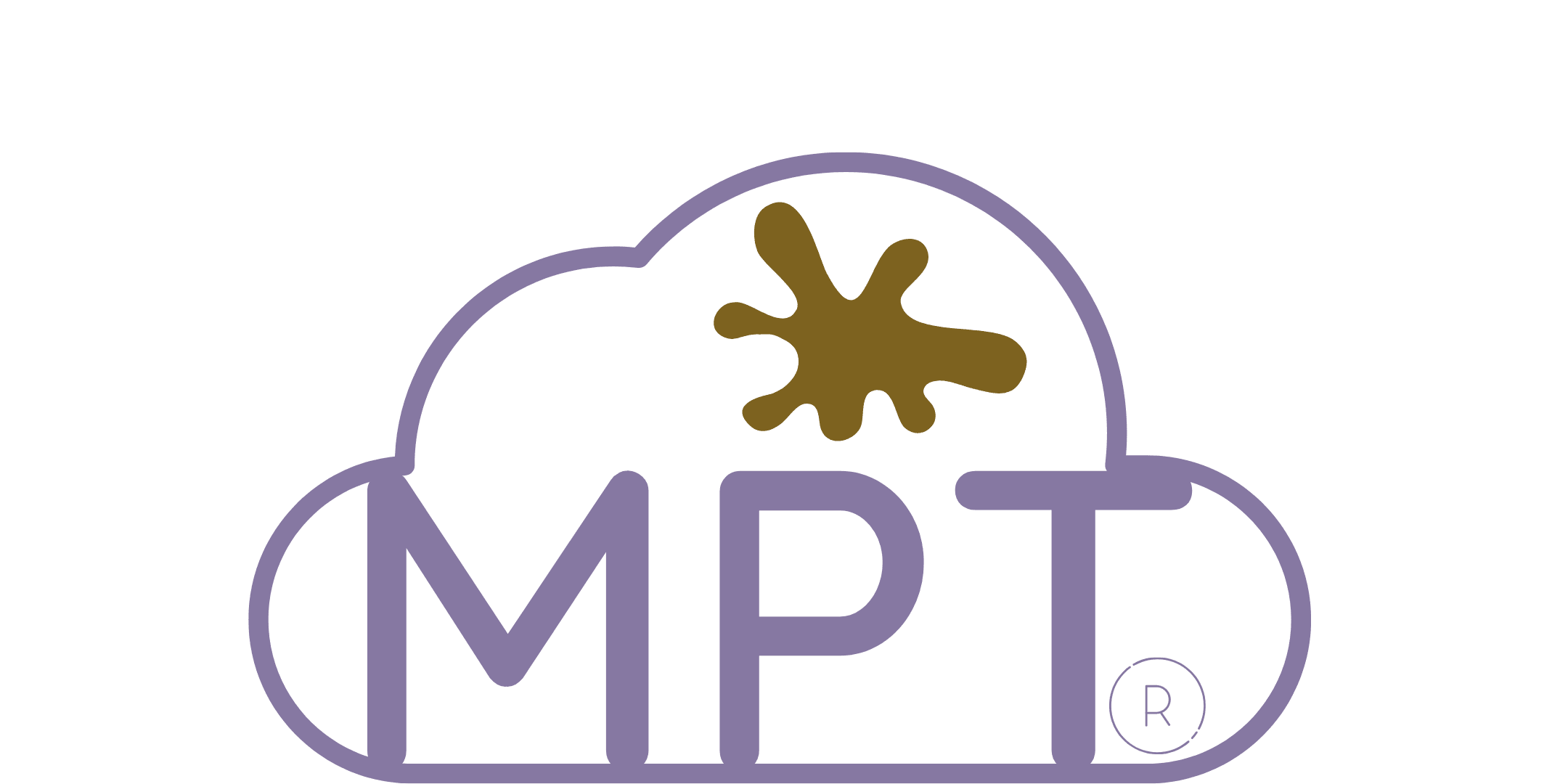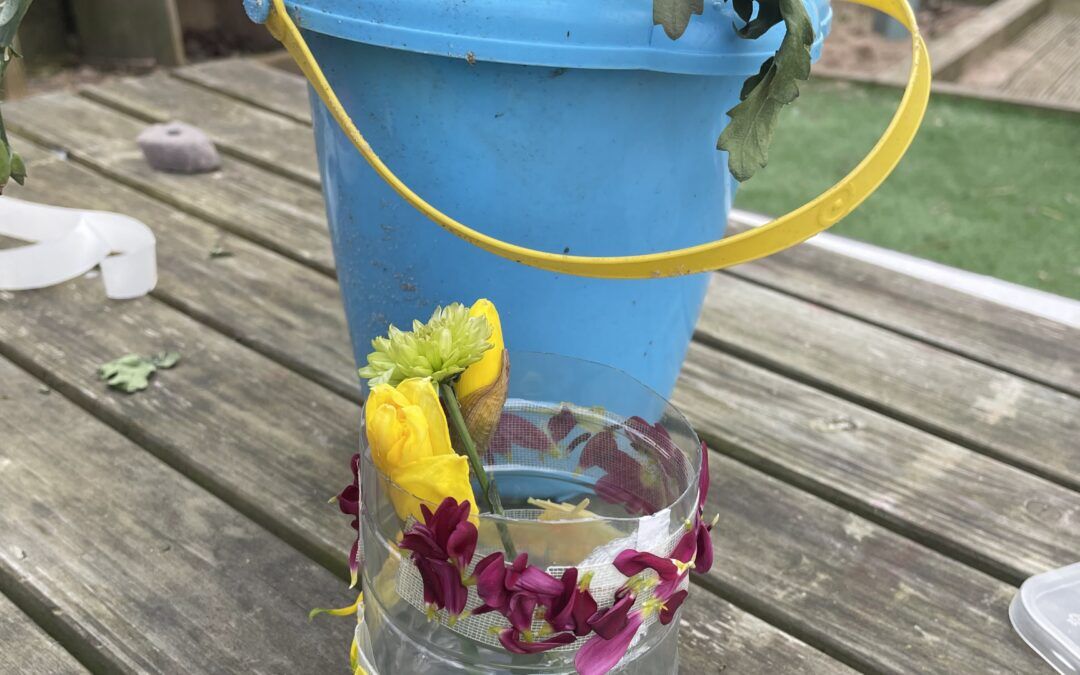Outdoor learning isn’t just a fun activity—it’s a powerful educational tool that fosters holistic development in children. This guide explores the why, how, and what of taking learning beyond the four walls, with practical ideas linked directly to Muddy Puddle Teacher resources.
1. Why Outdoor Learning Matters
🤸 Child Development & Wellbeing
Research consistently shows that learning in natural environments enhances physical development, social skills, self-confidence, and academic motivation. One study found significant gains in children’s confidence, communication, and cooperative abilities following outdoor experiences like Forest Schools .
🧠 Mental & Cognitive Benefits
Exposure to greenery improves cognitive focus and mental well-being. The American National COVID‑19 Outdoor Learning Initiative notes that time outdoors bolsters mental health, executive function, and emotional regulation Verywell Mind.
🌳 Pedagogical Advantages
Learning outdoors supports experiential, child-led, equitable learning. A pedagogy-focused paper emphasises these elements as foundational for meaningful outdoor education ResearchGate
2. Curriculum-Linked Objectives by Stage
EYFS (2–5 years)
-
Physical Development: Balance beams, climbing logs, puddle jumping.
-
Communication & Language: Nature-inspired storytelling and vocabulary.
-
Understanding the World: Mud kitchen explorations, identifying insects, simple science experiments.
Link: Muddy Puddle Teacher’s EYFS Mud Kitchen Ideas
Key Stage 1&2 (5–11 years)
-
Mathematics: Measuring plants, tallying natural data.
-
Science: Soil sampling, weather observations.
-
Literacy: Nature journaling, outdoor poetry.
-
Art & Design: Nature imprint art, eco‑crafts.
3. Practical Implementation Steps
a) Plan & Risk Assess
Use OEAP’s National Guidance for safe outdoor experiences oeapng.info.
Embed simple risk–benefit assessments into your Muddy Puddle lessons.
b) Schedule It In
Regularity—whether weekly or termly—builds routine and consistency.
c) Train Your Team
Tap into resources like The M uddy Puddle Teacher, which offers primary teacher training and lesson guides Child and Nature Alliance of Canada
d) Choose Appropriate Environments
Use your school grounds or local woodlands. If forest-style outings aren’t feasible, create an on-site green space.
4. Real‑Life Teacher Tips
“Outdoor learning boosts confidence, social skills, communication, motivation…” Wikipedia
“Children’s play in nature-based environments … was child initiated, not teacher led.” PMC
For more practical tips, check Muddy Puddle Teacher’s Outdoor Learning page, complete with downloadable lesson plans and risk assessment tools.
5. Top 5 Ideas to Kickstart Your Outdoor Learning
-
Mud Kitchen Maths – combine recipe-style measurements with real mud mixing.
→ Link to Muddy Puddle Teacher Mud Kitchen Printables -
Nature Scavenger Hunt – develop observation skills and vocabulary with seasonal hunts.
-
Weather Station – involve children in measuring rain, wind, and temperature over time.
-
Bug Hotel Project – design and build wildlife shelters, integrating science and design lessons.
-
Nature Journaling – introduce art and literacy with sketching and descriptive writing prompts.
6. Overcoming Common Challenges
-
Limited Staff Confidence → Use available CPD from LTL or OEAP.
-
Weather Worries → Invest in basic waterproofs (e.g., puddle suits).
-
Assessment Alignment → Link outdoor tasks explicitly to curriculum objectives (e.g., tallying, recording, presenting).
7. Measuring Impact
Gather data through:
-
Observations (e.g., teamwork, communication, concentration levels),
-
Pre/post confidence surveys,
-
Samples of children’s work and reflections.
Celebrate wins via staff meetings, PTA newsletters, and local authority showcases.
✅ Get Started Today
-
Sign up for Muddy Puddle Teacher’s Outdoor Learning Toolkit (freebie with ready-to-use PDF packs).
-
Download the EYFS Mud Kitchen Lesson Pack.
-
Join the Outdoor Learning Community here.
For deeper resources, explore:
-
Learning through Landscapes – planning and curriculum resources Wikipediaoeapng.info
-
OEAP National Guidance – safety-first outdoor learning guidelines oeapng.info
-
Tandfonline research – in-depth studies on outdoor pedagogy Taylor & Francis Online


